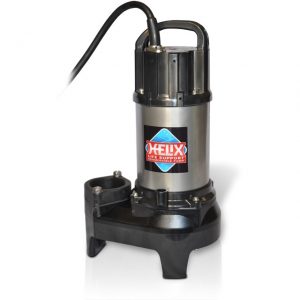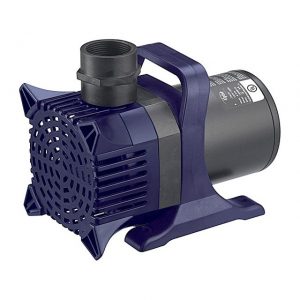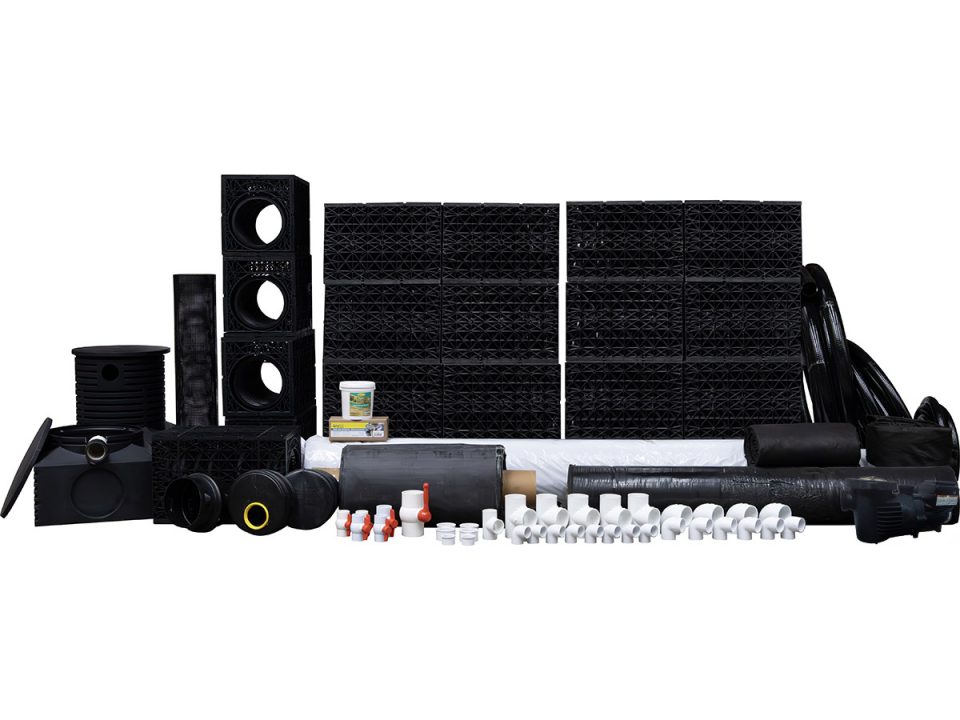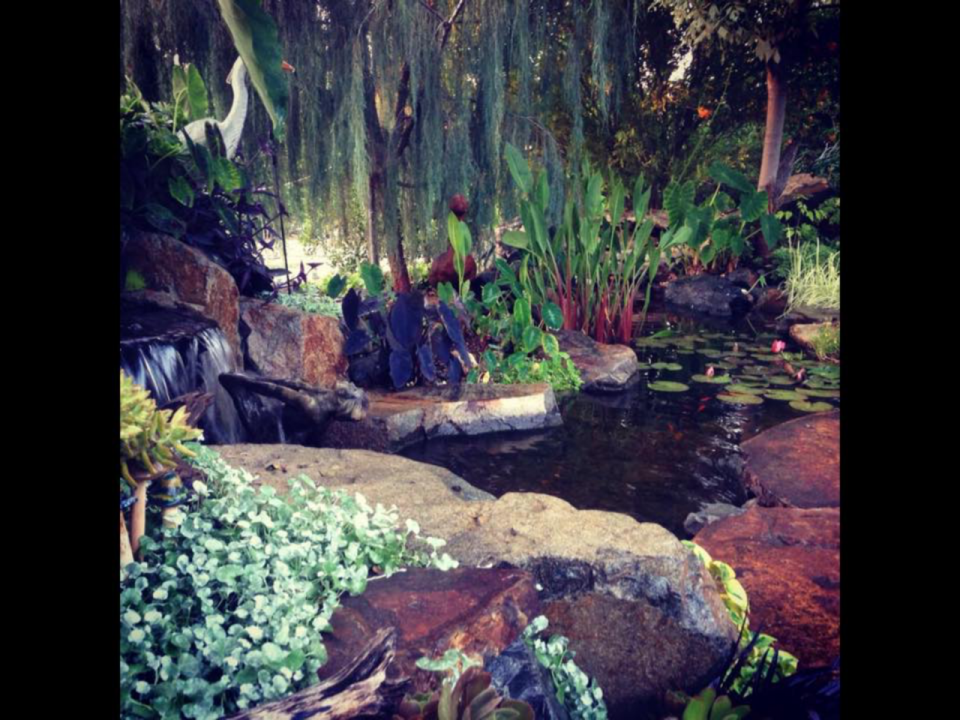How Saving $$$$ Could be Costing You Time
A Bevy of Beautiful Butterflies
May 28, 20163 Ways to Make Your Pond Pump LAST
July 2, 2016
How Saving $$$$ Could be Costing You Time
Some people have more time than money, and some people have more money than time. In today’s world, you’re always paying with one or the other.
When it comes to choosing a pump for your pond, the same old rules apply, do you want to spend more time working on it, or more money?
Submersible pumps have been used with fish for decades.
In aquariums the pump of choice for time, practically immemorial, has been mag drive pumps. These pumps can be used in ponds as well though, given the right circumstances.
In the pond world, typically direct drive pumps are used. Knowing the differences between these pumps, will help you choose the pump that is right for you.
DIRECT DRIVE PUMPS
A direct drive pump is a powerhouse of a pump. It can push a big volume of water a long distance, or a great height. Sometimes both!
It works sort of like a garbage disposal, using an impeller to sort of grind the water up into the main shaft and push it out of the pump with tremendous force.
If leaves, twigs, or other small debris are caught up in this cyclone, they are ground up into so much small grunge and driven into the filter where they are captured for later removal during filter cleaning.
The impeller is stationary, because you don’t need to take it out for cleaning. Some direct drive pumps need to be oiled occasionally.
Direct drive pumps do use a lot of electricity to fuel their tremendous power. Here in California, that tends to be a cause for concern as our electrical rates continue to climb exponentially each year.
One interesting aspect is direct drive pumps do not do well without a good head pressure (force or friction causing them to work harder) because the motor will spin too fast and burn the pump out early. This incidentally also causes the pump to use more electricity before it finally expires.
A larger pond, or a taller waterfall typically call for a direct drive pump as bigger features want more water movement. A direct drive pump does run a little hotter than a mag drive, so a small pond could run too warm with a direct drive.
MAG DRIVE PUMPS
A mag drive pump is a magnetic body with a magnetic impeller in the middle of it. The outer body makes the impeller turn using a magnetic force, similar to when you were a kid playing with little hand magnets that would attract or repel another magnet depending on the direction they were facing. The turning impeller pulls the water through the pump.
These pumps tend be less expensive than direct drives, and use less electricity. They do not have the power of direct drives though, so you will find that they can not push water as high, or as far.
DO I HAVE TIME, OR DO I HAVE MONEY?
Here is where the “Time or Money” aspect comes in. The mag drive pumps, while initially costing less, and running for a bit less per month, require regular maintenance from you to keep them running.
Dust, and small unicellular algae, along with string algae, sticks, and leaves can bind up between the two magnets of the motor, causing the pump to overheat and eventually fail.
In order to prevent this, after installing one of these pumps, it should be checked at 3, 6, 9, and 12 months to assess debris buildup.
At whatever point you begin to notice muck on the impeller, you know you should back track by a month, and set that as your routine cleaning time.
So, if you check the pump at 3 and 6 months and it’s fine, but at 9 months there is sludge, then you should clean the pump at least every 8 months. This cleaning schedule can be as frequent as every couple of months in very dusty areas like deserts or areas with high winds. It might be much less in a small sheltered courtyard.
Also, if your waterfall is small, you should typically use a mag drive pump because they like the lower head pressure that a shorter fall creates.
One more point on a mag drive. Sometimes, (but not always) when mag drives fail, the impeller can be replaced, bringing the pump back from the dead, so to say. This can be a very inexpensive way to learn the “I need to clean this pump more” lesson. Once a direct drive pump dies, its done for good.
Leslie Triplett, The Pond Gal
Life is Short, Enjoy Koi!
Connect with The Pond Digger:
The Pond Digger on Facebook: www.facebook.com/theponddigger
The Pond Digger on Periscope: www.periscope.tv/theponddigger
The Pond Digger on Instagram: www.instagram.com/theponddigger
The Pond Digger on Pinterest: www.pinterest.com/theponddigger
The Pond Digger on Twitter: www.twitter.com/theponddigger
The Pond Digger on Youtube: www.youtube.com/theponddigger
The Pond Digger on Snapchat: www.snapchat.com/add/theponddigger







